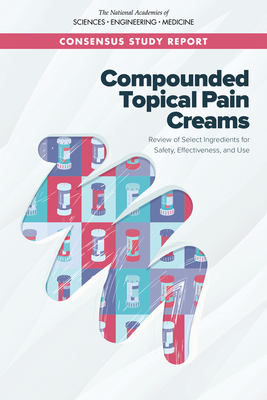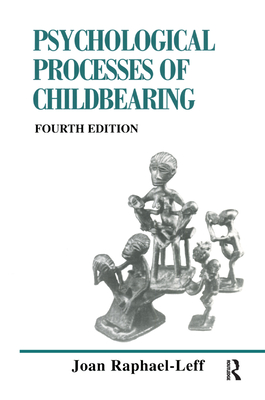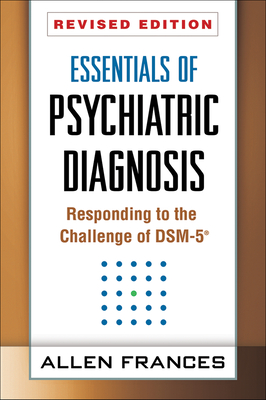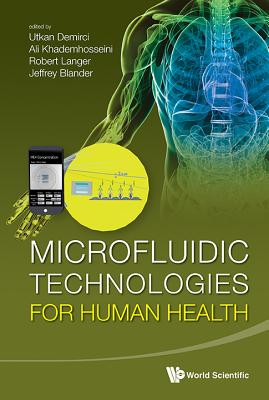Pain is both a symptom and a disease. It manifests in multiple forms and its treatment is complex. Physical, social, economic, and emotional consequences of pain can impair an individual's overall health, well-being, productivity, and relationships in myriad ways. The impact of pain at a population level is vast and, while estimates differ, the Centers for Disease Control and Prevention reported that 50 million U.S. adults are living in pain. In terms of pain's global impact, estimates suggest the problem affects approximately 1 in 5 adults across the world, with nearly 1 in 10 adults newly diagnosed with chronic pain each year. In recent years, the issues surrounding the complexity of pain management have contributed to increased demand for alternative strategies for treating pain. One such strategy is to expand use of topical pain medications—medications applied to intact skin. This nonoral route of administration for pain medication has the potential benefit, in theory, of local activity and fewer systemic side effects. Compounding is an age-old pharmaceutical practice of combining, mixing, or adjusting ingredients to create a tailored medication to meet the needs of a patient. The aim of compounding, historically, has been to provide patients with access to therapeutic alternatives that are safe and effective, especially for people with clinical needs that cannot otherwise be met by commercially available FDA-approved drugs. Compounded Topical Pain Creams explores issues regarding the safety and effectiveness of the ingredients in these pain creams. This report analyzes the available scientific data relating to the ingredients used in compounded topical pain creams and offers recommendations regarding the treatment of patients. Table of ContentsFront MatterSummary1 Introduction2 Role of Topical Pain Creams in Pain Management3 Fundamentals, Use, and Common Ingredients in Compounded Topical Pain Creams4 Gaps in Regulation, Oversight, and Surveillance5 Science of Compounded Topical Pain Creams6 A Review of the Safety and Effectiveness of Select Ingredients in Compounded Topical Pain Creams7 Additional Concerns Related to the Use of Compounded Topical Pain Creams8 Recommendations Regarding the Treatment of Patients with Compounded Topical Pain CreamsAppendix A: Study ApproachAppendix B: Literature ReviewAppendix C: Commissioned Paper: Topical Dosage Form Development and EvaluationAppendix D: GlossaryAppendix E: 503A and 503B Distribution SupplementAppendix F: Adverse Events TableAppendix G: Potential Adverse Effects from Oral Administration of 20 Active Pharmaceutical Ingredients Commonly Used in Compounded Topical Pain CreamsAppendix H: Expanded Discussion on Special Populations to Consider in Pain ManagementAppendix I: Biographical Sketches for Committee Members, Fellow, Consultants, and Staff
Get Compounded Topical Pain Creams by at the best price and quality guranteed only at Werezi Africa largest book ecommerce store. The book was published by National Academies Press and it has pages. Enjoy Shopping Best Offers & Deals on books Online from Werezi - Receive at your doorstep - Fast Delivery - Secure mode of Payment
 Jacket, Women
Jacket, Women
 Woolend Jacket
Woolend Jacket
 Western denim
Western denim
 Mini Dresss
Mini Dresss
 Jacket, Women
Jacket, Women
 Woolend Jacket
Woolend Jacket
 Western denim
Western denim
 Mini Dresss
Mini Dresss
 Jacket, Women
Jacket, Women
 Woolend Jacket
Woolend Jacket
 Western denim
Western denim
 Mini Dresss
Mini Dresss
 Jacket, Women
Jacket, Women
 Woolend Jacket
Woolend Jacket
 Western denim
Western denim
 Mini Dresss
Mini Dresss
 Jacket, Women
Jacket, Women
 Woolend Jacket
Woolend Jacket
 Western denim
Western denim
 Mini Dresss
Mini Dresss






























































